As deer hunters, we will inevitably have to change our habits to prevent the spread of CWD—how much are you willing to give up so we don’t have to give up on hunting altogether?
We know by now that chronic wasting disease has infected deer species in 25 U.S. states and two Canadian provinces. It is always fatal, spreads rampantly, which, unfortunately, demands that hunters make at least some sacrifices if we hope to curb the epidemic and save deer hunting as we know it.
CWD has most recently made a pass through the upper-Midwest states where I live and hunt. That makes this disease not only detrimental at a population scale, but also deeply personal for me. I don’t believe that hunters are more averse to change than the average group of people, but we’ve often been asked to change our ways for the good of the herd or landscape.
The good news is that we’ll be at the forefront of the effort to control this destructive disease. The bad news is we’ll also have to be at the forefront of change, no matter how uncomfortable.
How much should we be willing to sacrifice? If you ask me, quite a bit.
CWD Directly Threatens the Places Where I Hunt
I have been hunting in Michigan since I was five years old, at which point I convinced my dad to build us a deer blind and take me along with him. Back in those days, we started “hunting” with a camera, a Stanley thermos of hot chocolate, and, on his part, a whole lot of patience for a squirmy kid. Since then I have upgraded to a 12-gauge slug gun and Folgers, but we still sit on that same stone pile every November. Three generations of Boohers hunt together on an old family farm in the southwest part of the state every year.

Most of the other hunters that I know have a similar story.
I’ll be honest, there are better places to hunt. And we might look for one if our only goal was a deer with 130+ inches of antler. Don’t get me wrong—harvesting a trophy buck would be nice, but it’s not essential, and truthfully it hasn’t happened in quite a few years on this property. But we take the time of work and school, make the drive from Wisconsin, and pony up for out-of-state licenses just to carry on a tradition that is at least four generations old.
My time afield is about more than just deer and deer hunting. It’s about spending quality time outside with my family, knowing where my food comes from, and intentionally taking time to be away from the rest of our busy lives.
The deer are just a part of it, but these experiences wouldn’t happen without them.
Fortunately, Hunters in North America Have Done This Before
One of my biggest fears is the permanent loss of wild deer herds and, therefore, my inability to share my family’s traditions with another generation of whitetail hunters. So it’s worth it to me to make broad, individual sacrifices today to ensure the preservation of this resource for the future.
In the words of the famed conservationist and forester Gifford Pinchot, it is our responsibility to practice “foresighted utilization, preservation, and renewal of forests, waters, lands, and minerals for the greatest good of the greatest number for the longest time.” That is what we as hunters must do with regard to elk, moose, caribou, whitetails, and mule deer.
Of course, this is not a new concept, especially in the field of wildlife conservation. This sentiment dates back many years before the famed North American conservationists of Theodore Roosevelt’s tenure. The story of hunters acting as conservationists in North America is long and detailed, and it must inspire our future actions.
Since the late 19th century, we as hunters have stepped up to change our policies and practices for the betterment of the wildlife resources that we so enjoy. Examples of sportsmen and women willing to do this work are abundant among TRCP’s partners: If waterfowlers had not banded together to form Ducks Unlimited during the dust bowl, we likely would not have been able to have duck seasons today. The same could be said of the National Wild Turkey Federation’s efforts to reintroduce and propagate a game bird that was once extirpated from much of the Eastern United States. The Rocky Mountain Elk Foundation did the same for elk.
Unfortunately, today we are faced with a familiar, yet overwhelming challenge—to save our wildlife in order to sustain our traditions. For the sake of the habitats that we know and love, and the generations of hunters that are to come after us, we must actively change our habits. And with respect to CWD, that means a few things:
1. We need to be more conscientious about moving deer carcasses, especially “sensitive deer parts.”
These include the brain, eyes, spinal cord, lymph nodes, tonsils and spleen. Yes, this might impact your ability to bring your trophy home to your favorite local taxidermist or processor. However, there are ways to support the businesses near your home and slow the spread of CWD. The easiest way to do this is to hunt near your home, but that is not an option for everyone. If you hunt out-of-state or in another part of your state, consider doing more of your own processing in the field or having at least a portion of it done wherever you’re hunting.
Plan to add a few more knives, a bone saw, and a big cooler to your list of hunting gear so that you can bone-out your kill on-site.
Many states with CWD, like Michigan and Wisconsin, and some without, like Tennessee and North Carolina, are starting to restrict the importation of whole carcasses from other parts of the country. However, most allow deboned meat and finished taxidermy products to be brought in. States have banned these body parts to prevent the spread of prions, while also allowing hunters to bring home some of their trophy for the freezer or the wall. These policies require some more planning and effort on our part, but are very important in minimizing the spread of this disease. Be sure to check out the regulations in the state where you live before you head out this fall.
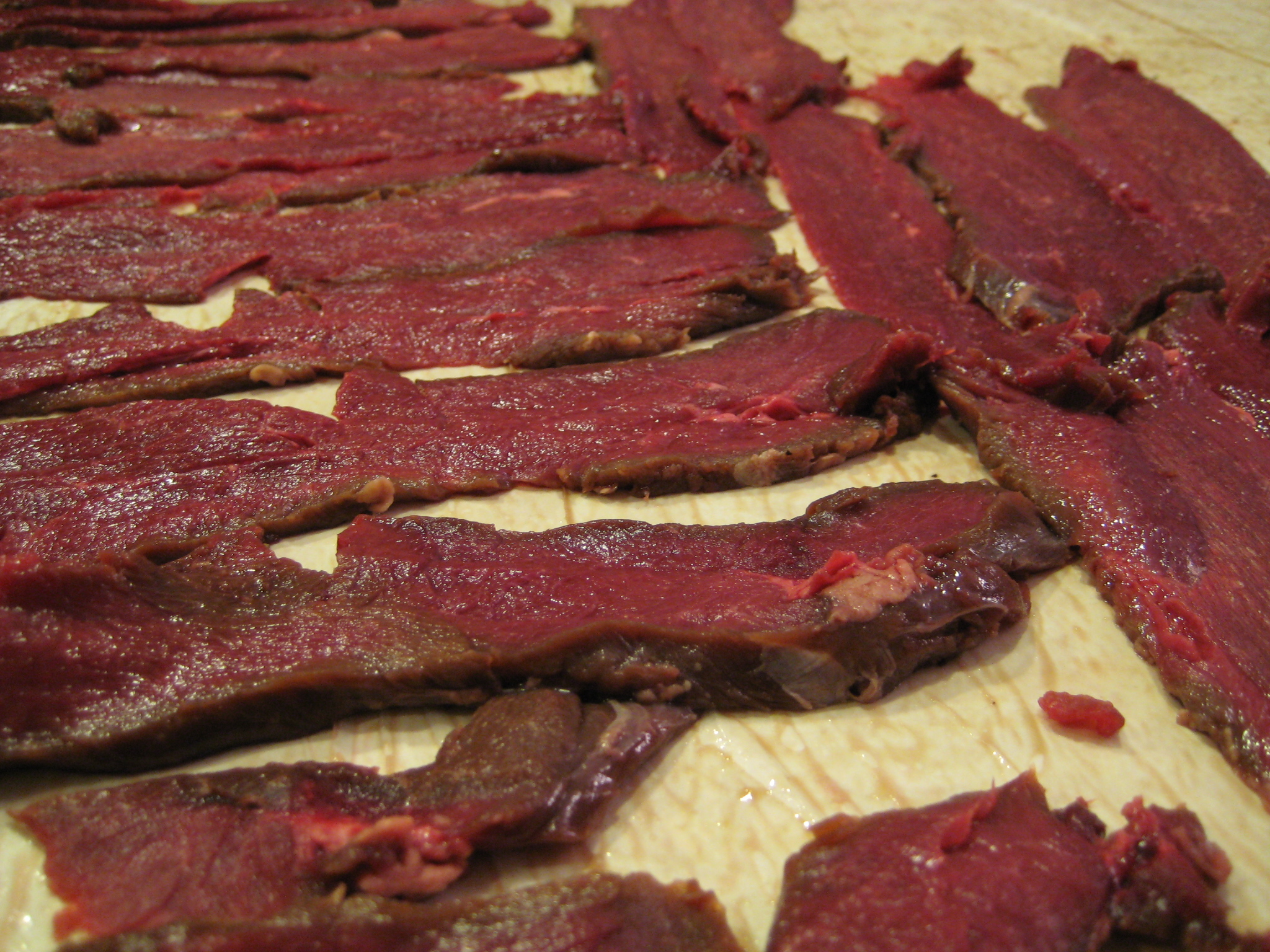
2. We need to think a little harder about bait piles and salt blocks.
Every corner bar where I live has peanuts on the counter, almost without exception. I hardly ever think twice before grabbing a handful, that is, until the person next to me starts hacking and coughing, or worse, sneezes into the bowl. How about you? Would you partake if the person next to you is sick? How about if you knew that a quarter of the people in the county are ill?
Is this all that different from deer feeding on a salt lick or a pile of corn? In Dane County, Wisconsin, where I live, upwards of 25 percent of the whitetails are estimated to be infected with CWD. The only difference: as far as we know, they can’t tell who is sick and who isn’t.
Feeders are a great way to bring a lot of deer to your stand and can make for a much easier hunt, but they are also a key vector in the spread of disease. Concentrating animals (or people, for that matter) will make any disease spread more rapidly, but this is especially true of chronic wasting disease.
Unlike a large food plot or a stand of mast-bearing trees, mineral blocks and piles of corn bring deer to very, very specific locations. These lures force deer to eat off of the same exact spot as other deer. With a disease that is spread through saliva, like CWD, these places become huge transmission vectors.
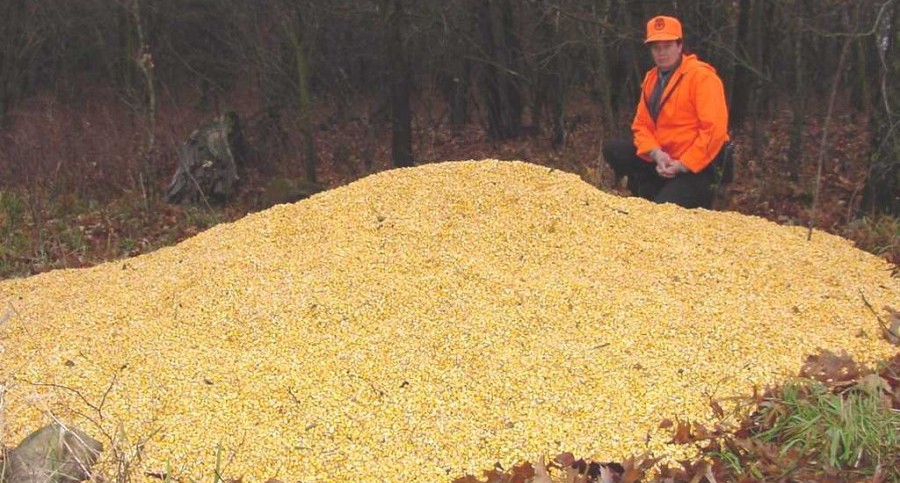
In addition to increasing harvest limits in disease management areas, most states are changing some of the baiting rules that hunters must follow in the field. This includes restricting the use of urine-based lures, feed piles, and mineral blocks. While these bans often mean more time in the field, they are critical to slowing the spread of CWD. Each of these attractants can facilitate the spread of the disease by congregating deer in a specific area. As more cervids gather in these areas, there is a higher likelihood of an infected individual being present and transferring prions to other individuals or shedding them in the soil or water nearby.
3. We have to get our deer tested by state wildlife agencies.
Some hunters, and you can likely name a few, are reacting to policy changes and appeals for testing— implemented by state wildlife agencies to control the spread of CWD and improve our hunting—by railing against the effectiveness of wildlife managers. But these organizations are responsible for, and have a vested interest in, maintaining healthy and productive populations of game species.
As a hunter and someone who is studying to be a certified wildlife biologist, I feel that it is our responsibility to provide them with as much information as they might need to effectively and efficiently achieve these goals.
I get it. It’s a pain. It might take a little extra time and another $5.00 in gas to get to a check station, when all you really want to do is go home, eat some chili, and take a shower. Please, this season, before you go home and put your feet up by the fire, take your deer to a local check station to have someone from your state wildlife agency take the lymph nodes from the deer.
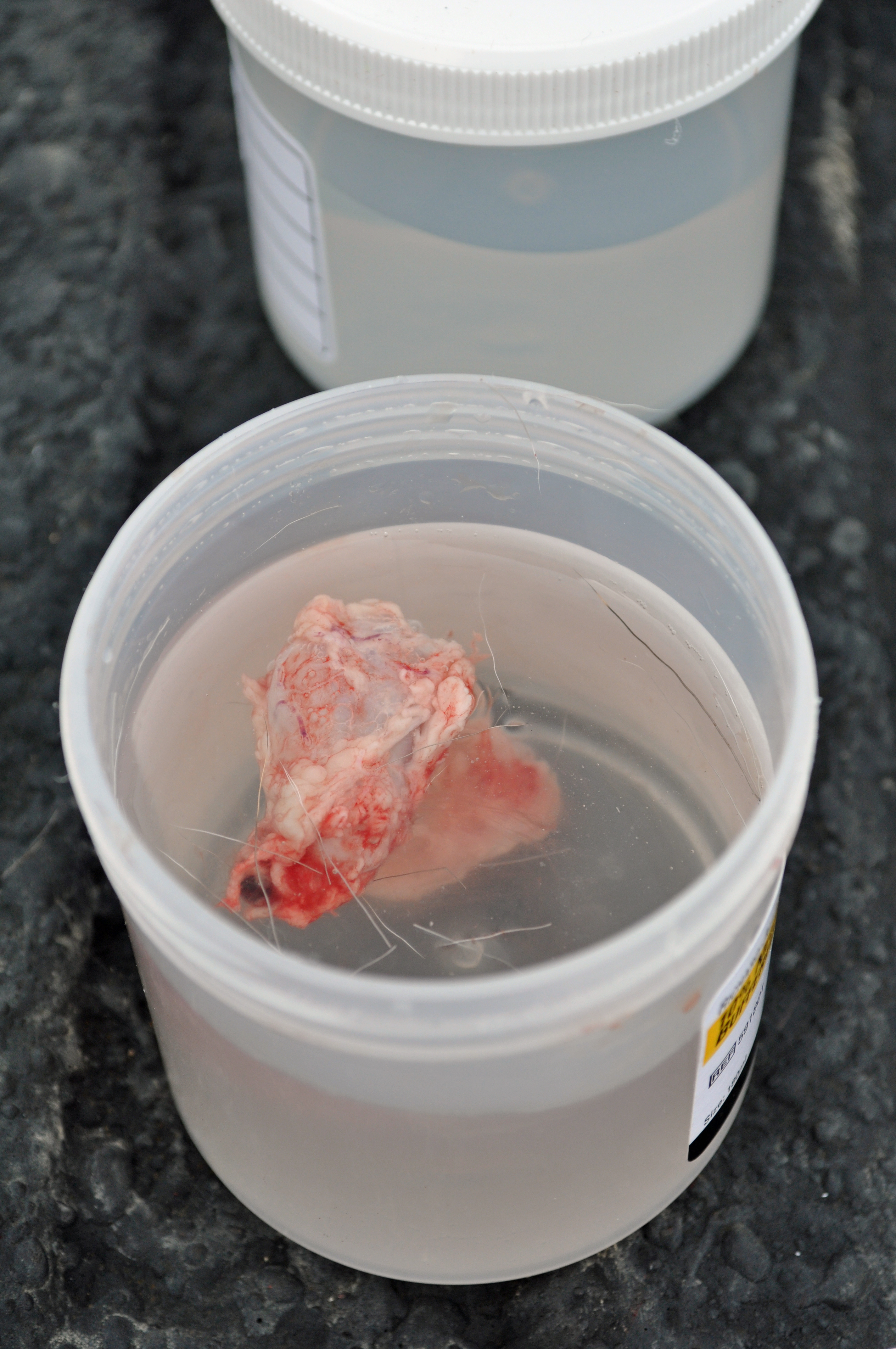
These small glands in the neck are easy to remove and they will not take your trophy antlers. The technicians at these stations are also trained to do these tests without damaging the cape of your deer, and often they will provide extra services like aging or green antler measuring at the same time.
Despite warnings from the Center for Disease Control and the World Health Organization, some people still choose to eat venison from untested deer in infected areas. Even if you are comfortable doing so, it is critical for state wildlife agencies to have as much information as possible about the deer in your area.
In the grand scheme of things, these steps seem like a relatively small price to pay for the future of deer hunting and the chance to sit in a blind with my future kids or nieces and nephews.
I will be making a few changes this November. Will you join me?

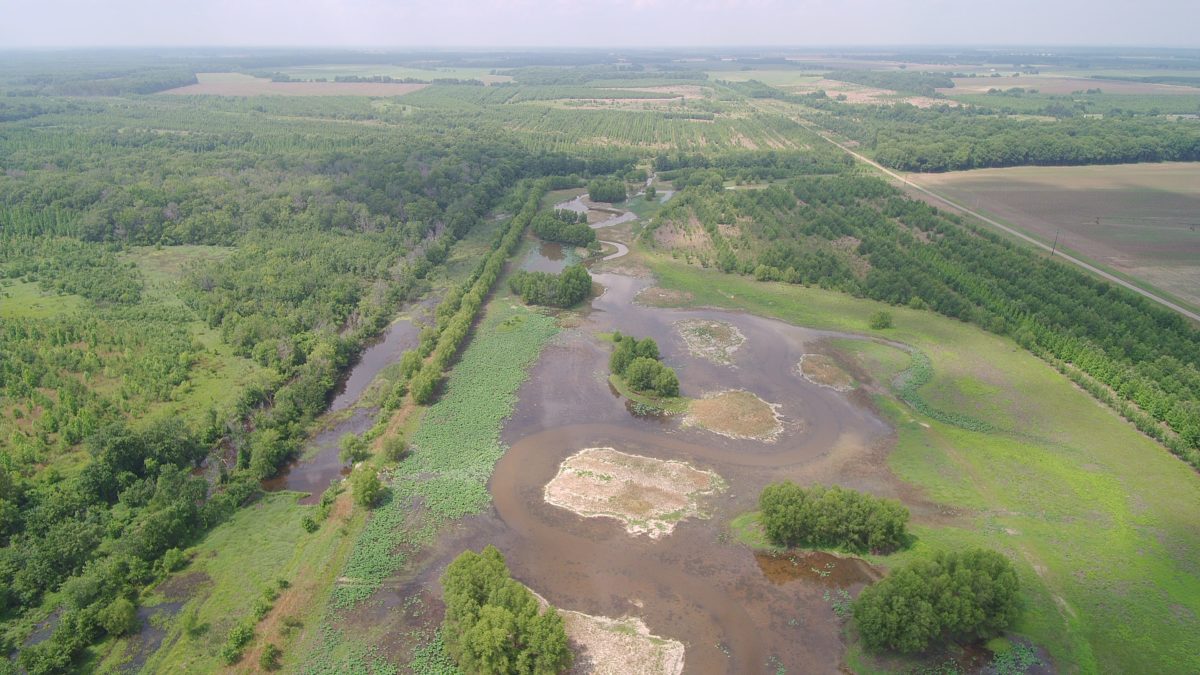
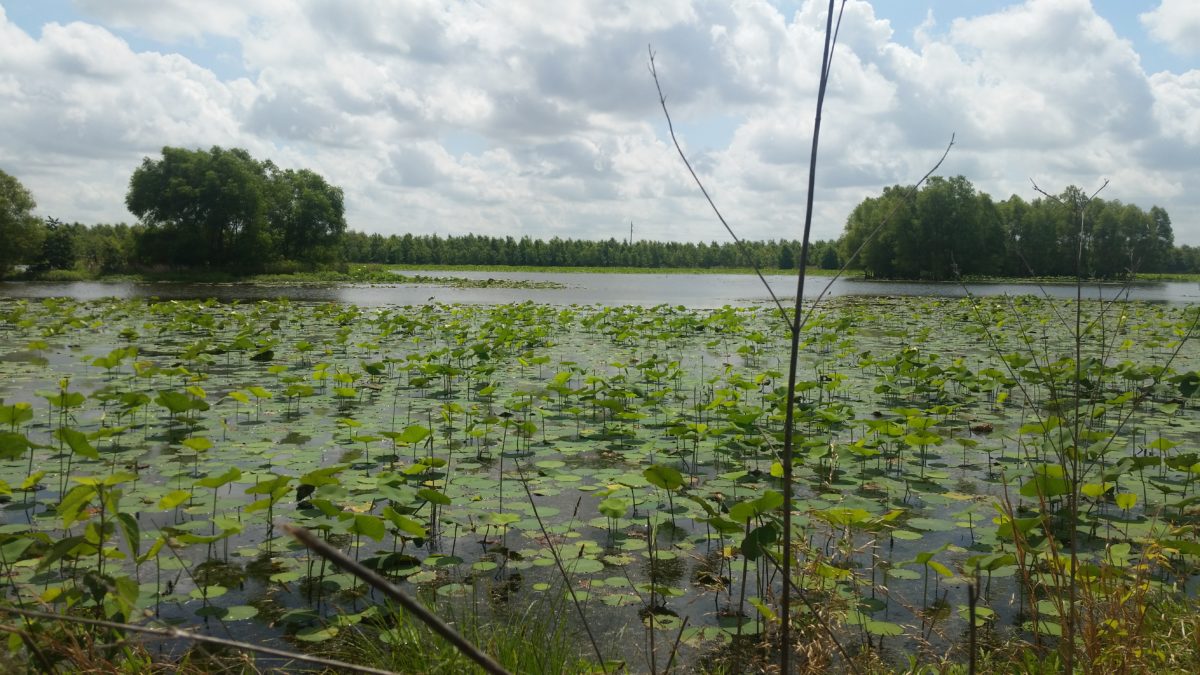
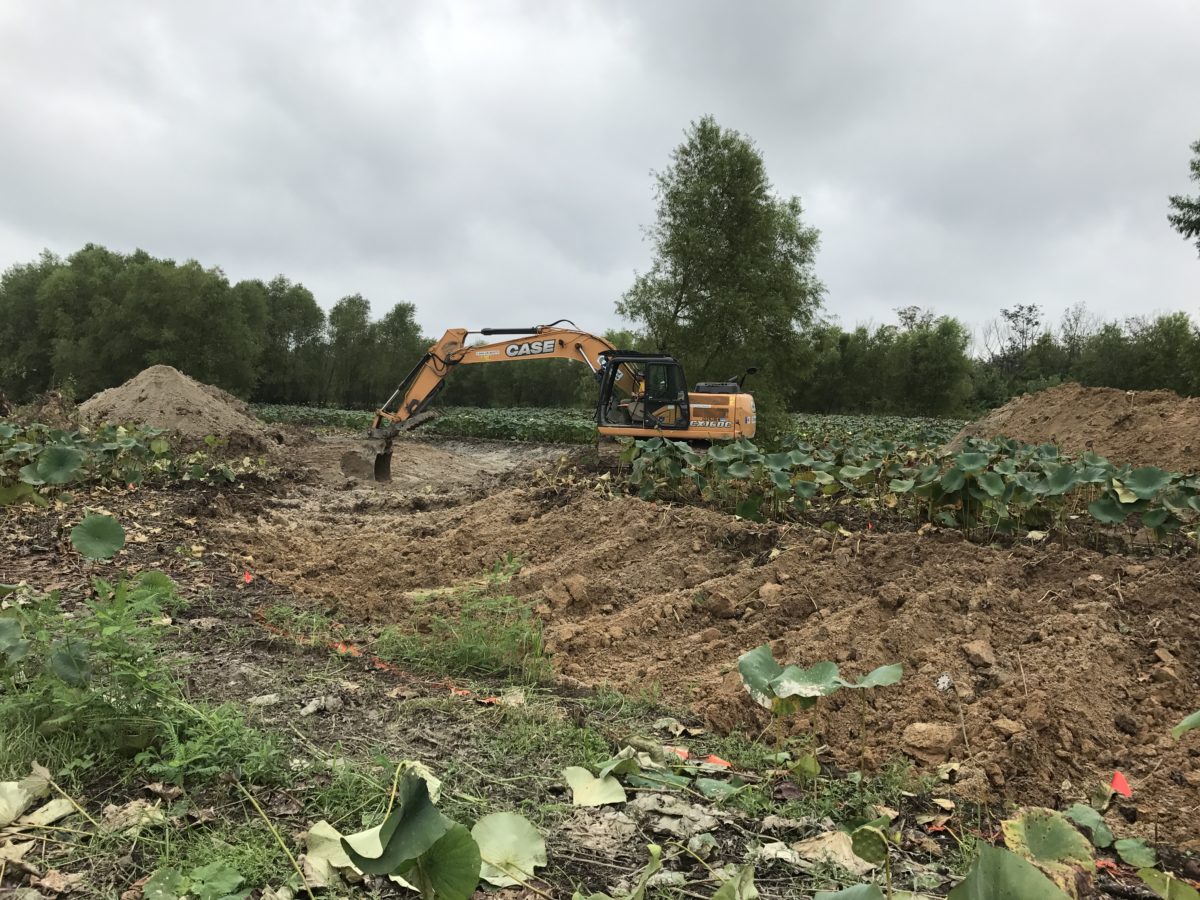
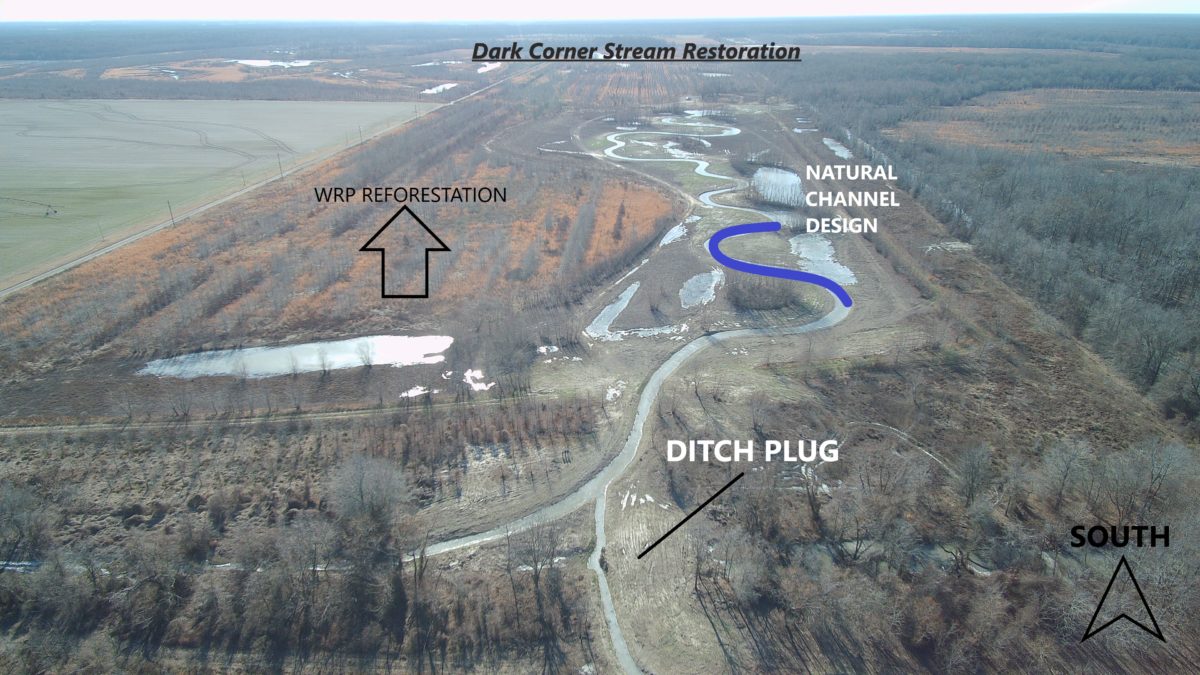
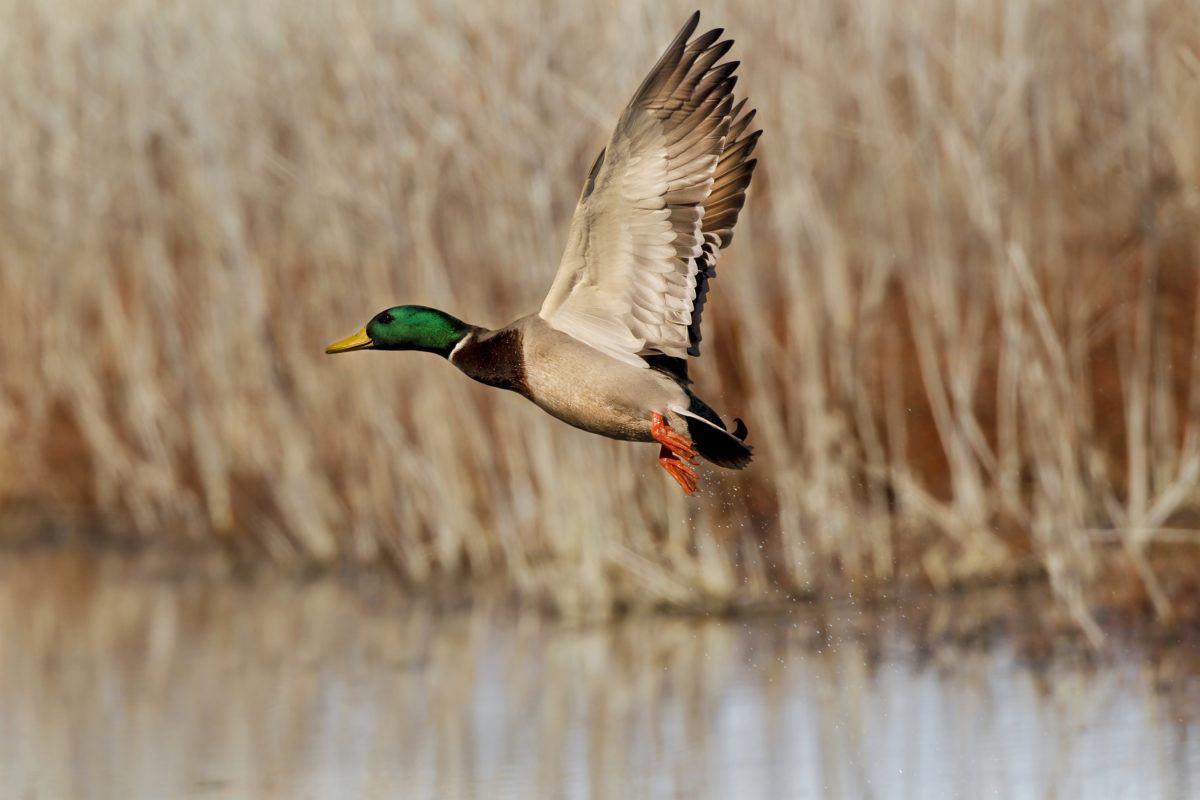
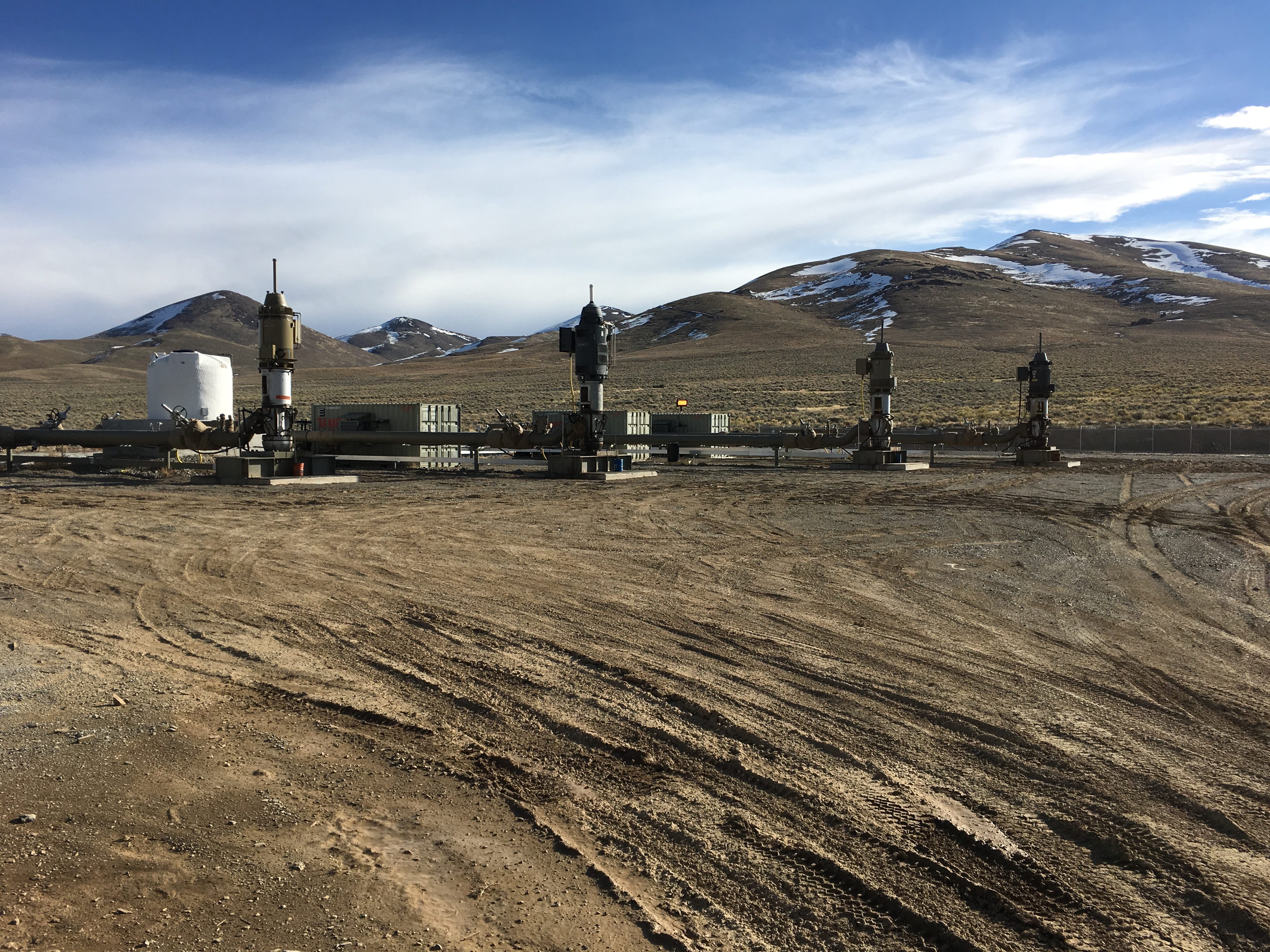
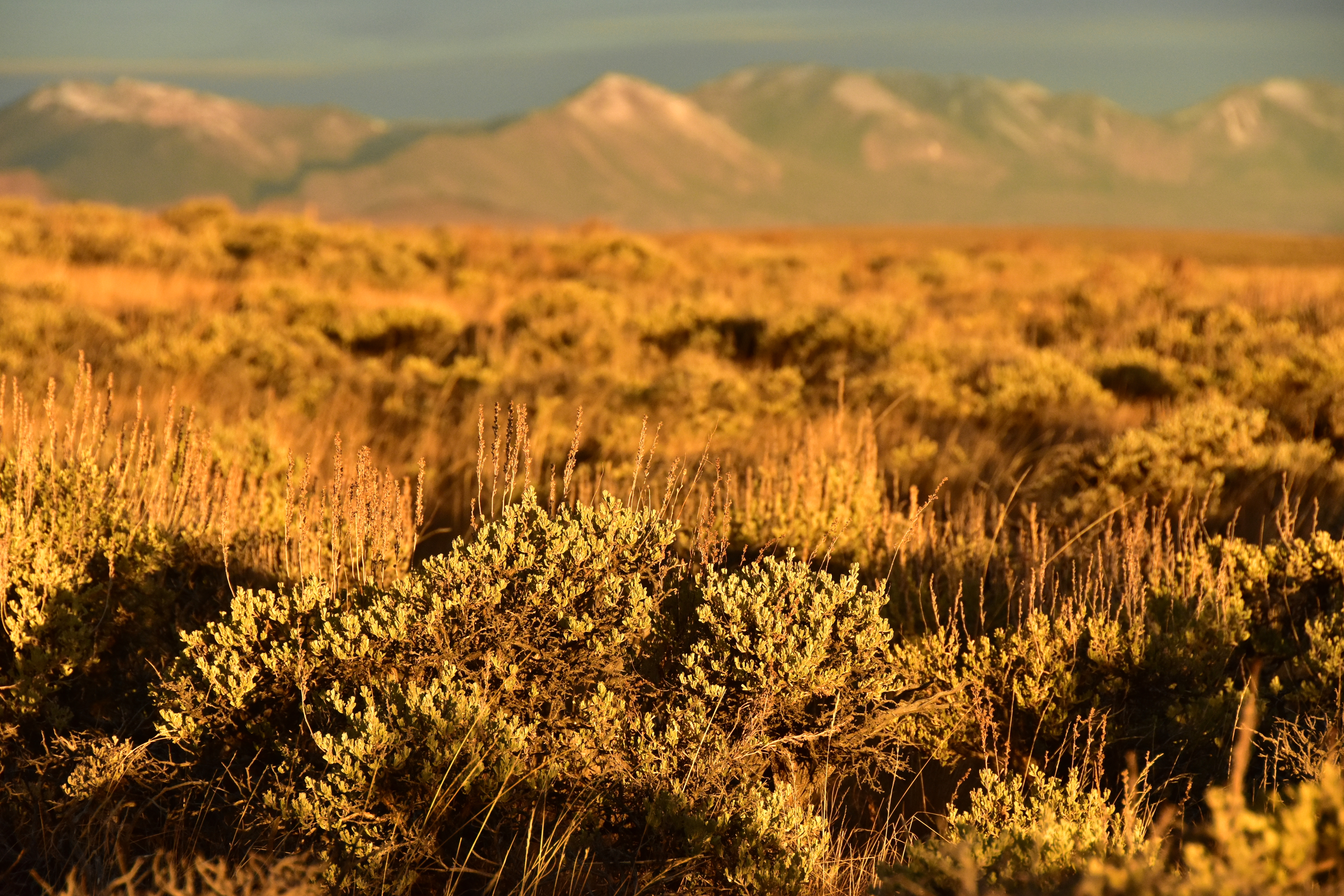
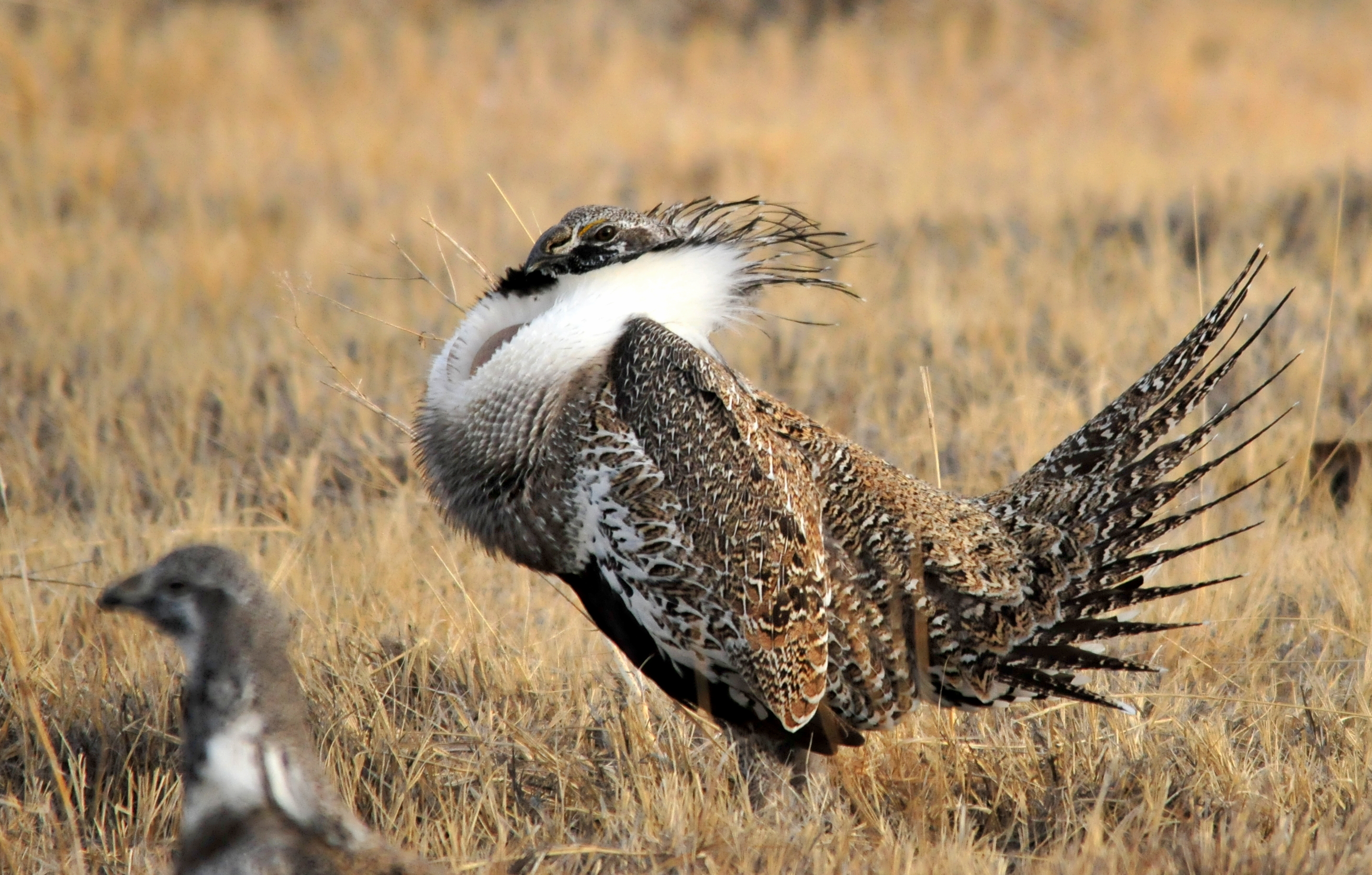
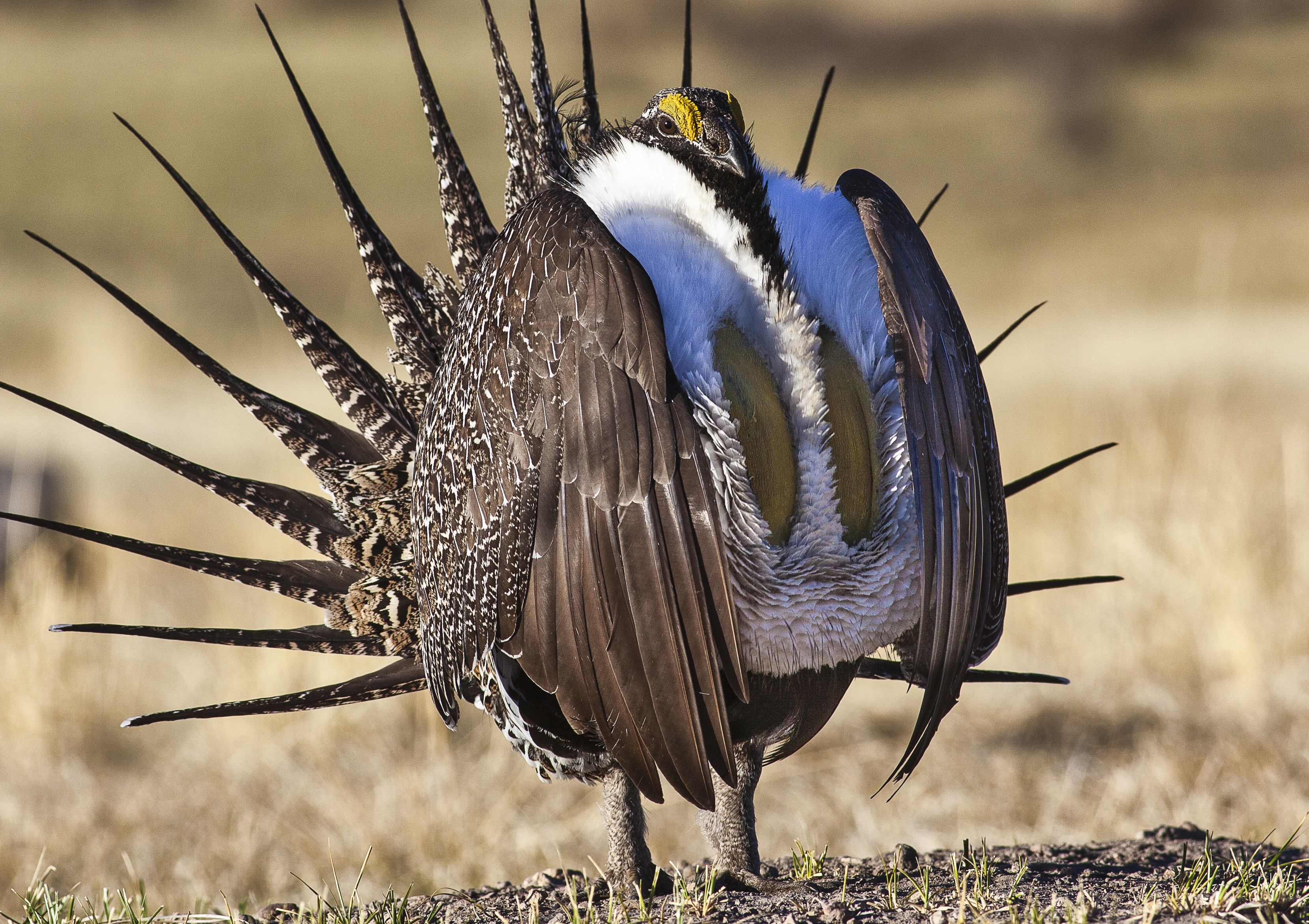
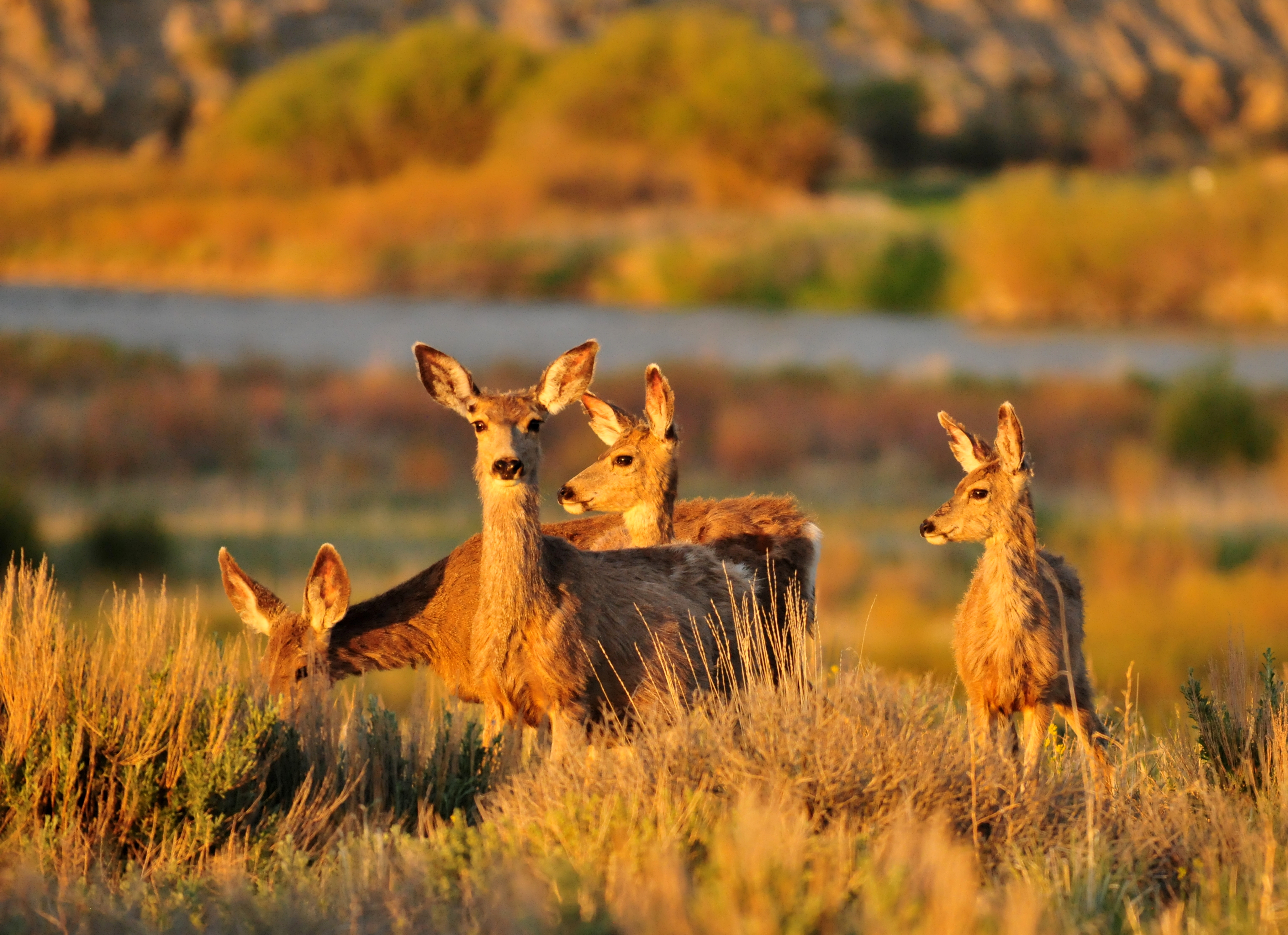





Once again, another article about the spread of CWD and no mention of the banning of deer farms. Nearly all instances of a state getting CWD can be traced back to a deer farm. If the powers-to-be are TRULY INSPIRED to stop the spread of the disease, they will disregard politics and the almighty dollar and ban deer farms. Anything less is just feel good, band-aid non-solutions.
These are actions that the average sportsman can take while hunting this year. These don’t require commission votes, legislation, etc. While I agree the presence of deer farms increases the spread of CWD and other diseases, there is no need to be down on this particular article that clearly did not focus on the entirety of the issue.
It is incumbent on sportsmen to help curtail the spread of this disease! We are the “Boots on the Ground” and must help the state agencies contro the spread. We must all do whatever it takes so take some extra time when handling carcasses, get harvested animals tested and obey all laws concerning the transport of harvested animals.
I’m told that humans get Wasting Disease from eating the infected meat. What does the CDC say now? I’ve had 2 friends who have died of the human form. How can we tell if our meat is safe to eat?
There is currently no evidence that humans can get CWD from consuming infected game that was cooked properly. Always use caution of course.
Unfortunately cooking does not destroy a prion. This is not Trichinosis where cooking thoroughly will kill the worm. Nor is this a bacteria. You can not make it dead as it is not a life form.
Cooking does not destroy the prion… and humans are not diagnosed with CWD, they are diagnosed with CJ disease or early-onset Alzheimer’s instead.
I agree with J Shafer, we need to pressure our politicians into banning deer farms. These deer farms are a profitable business but are they worth the expense of our future deer hunting? I think not!!!
Excellent article. We need to do this stuff.
Good post…I think if we are serious as hunters, we better wake up and this is a good starting point. For most of us; doing what is suggested in this post is really not all that tough to do.
CWD is being discussed more and more. all of us should be listening and taking action by doing our part to help stem the spread. whether your state game agencies have lenient policy on the disease or not, we should all be giving our maximum effort to help prevent it. I recommend listening to Joe Rogan’s recent podcast on this exact topic. Steve Rinella’s Meateater podcast from last year ( episode #70, I think?) also highlights the disease. it’s quite alarming. deer hunting as we know it, may well be a thing of the past for future generations.
Excellent article. I will share your information.
CWD is just one of numerous issues affecting us as hunters, conservationists and concerned citizens. We tipsy-toe around a pending dooms day as if we have choices other than all-out war on what is destroying our planet. We can’t use our democratic political system as such, which will only produce a watered down pond full of algae at best. We need a Trump like effort (wired somewhat different) to dictate and enforce science based solutions, no matter how obtrusive they may be, to manage the entire ecological system including human population. If we started this today it may still be to late.
This can be traced to deer farms by proximity.
Start with those.
Otherwise we are fixing a symptom and not curing anything.
Its clear, if states and or counties do not require testing of all harvested deer and elk for CWD, eventually there will be NO deer and elk!
Native predators, such as wolves, coyotes and mountain lions, just naturally focus on killing the sick and injured (deer, moose, elk, etc.). If populations of these predators had not been decimated year in and year out for literally centuries, then perhaps we would not be in this position. Perhaps predators need to be allowed to live, instead of being shot and trapped out of existence, so they can focus again on hunting the sick prey animals.
Good article- During a rescent NE hunt I took a MD and a WT. We also took an additional MD. Only the first deer was tested and it was positive. These deer probably all have CWD. They live in close proximity within a 1/2 mile radius and they all share pines for cover on the property. I am 69 and I have been hunting for 57 years now. I guess i will now quit.
There is not proof that deer spread this condition through contact. There is not live test that can be performed. There is no masses of dead deer from CWD. I do not believe all this as it has been proven it is a fatal disease. How is it 2 years ago MPWD increased liscense fees by 30% and we do not have more solutions to issues like this.
Deer eat from the same acorn trees, make scrapes, eat the same vegetation and stay in family packs. This is all the same as a few kernels of corn on the ground. This makes no sense to me but I’m a lil more educated on the issues than most. We have to deal with facts not knee jerk reactions. 8 positive test out of almost 8000 test. That’s 1% is this really an issue? Start testing for other diseases and see what results you get….
If it spreads through saliva, what makes us think it wouldn’t spread through blood? What makes us think any part of the body is safe to eat? Mad cow, chronic wasting, scrapie and CJD are the same disease.
Stop farming and baiting deer.
CWD is a time bomb ticking. It is a major problem for deer hunters and the public. Deer farming is despicable for which I cannot understand how deer hunter could patronize such an un-sporting industry.
With deer populations three to five times above ecological carrying capacity in the eastern US, is this not just a huge deer farm vulnerable to CWD? I have deer hunted long enough to experience: no deer, enough deer to hunt, abundant deer to hunt, to nuisance deer. Yet there are deer hunters calling for more more deer. I have observed a declining eco-system over the decades in which plant and tree species are disappearing along with ground nesting birds such as quail, grouse, and whippoorwills; all a result of over browsing by too many deer. Since 1990 I have been dropping membership in hunting organizations as they adopt and practice anti-predator attitudes down to two who are divided on the issue. This article hits upon some basics but does not offer a solution. Several studies show predators key on CWD infected prey first. A study by University of Idaho et al shows that cougars could reduce deer vehicle collisions by 22% in the eastern US. Hunters must meet this problem head-on by accepting that deer population requires reduction by more than 50% and that predators must be re-introduced and tolerated to help control deer numbers.
I just got the call nobody wants today from our state wildlife disease official: my 14-year-old son’s 2 1/2-year-old mule deer buck tested positive for CWD. We’d already processed the meat ourselves — something we take seriously and in which we take great pride. We had mixed the grind from it with grind from a bull elk I took this season, and now all of that should be thrown away. We misunderstood the time length it takes to find out about a positive result: it took eight (8) weeks for his buck. We had eaten some of it, and shared some with friends, who’ve already eaten it. Meanwhile, my oldest son took his first mulie buck from the same water tank just three days before I got the call. Celebration turned to feeling a little cursed. Didn’t plan to have that one tested, but I drove back out there tonight to retrieve its head and bring it in for testing.
I had been blessed in life with a wife and kids who loved venison; now, none of us can ever feel the same about eating it — or about hunting — again. I know that some people would willingly eat CWD-positive deer. But, I ask, would you feed it to your kids?